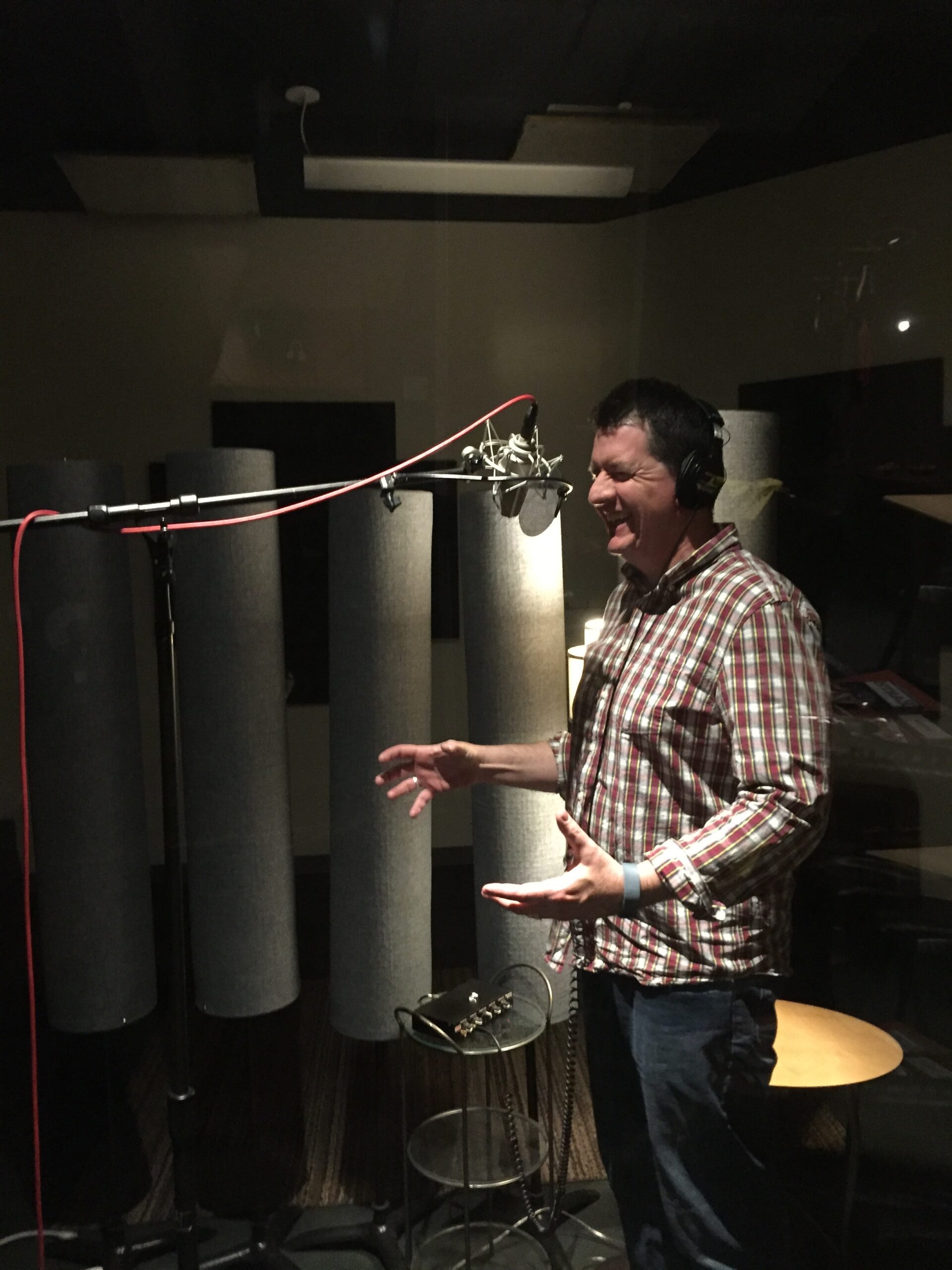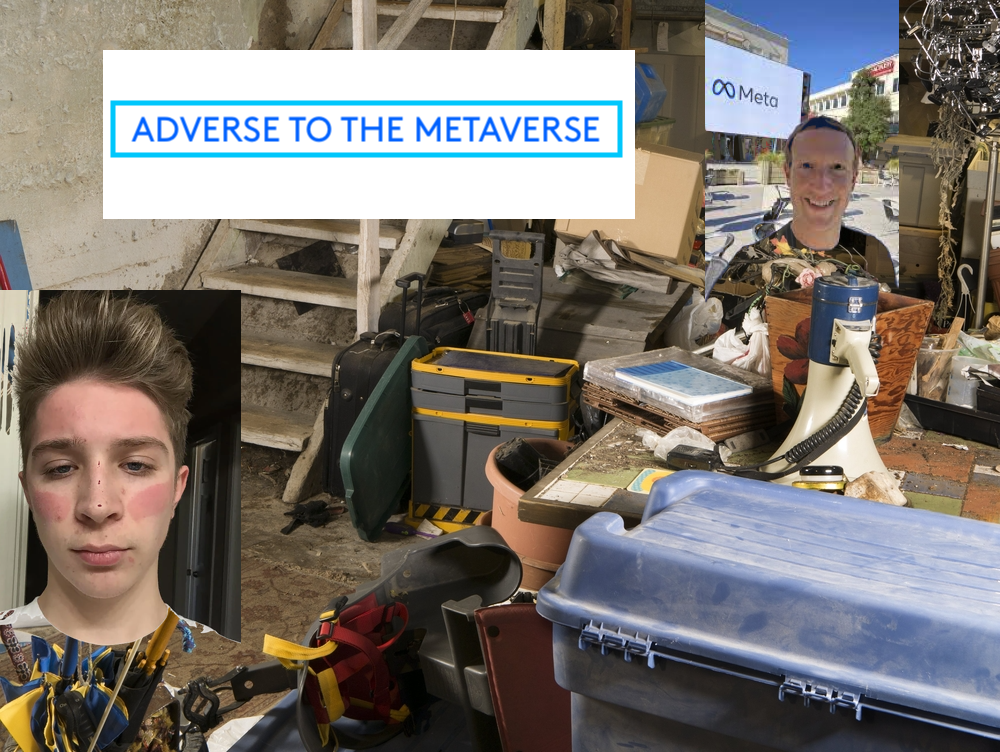
Elevating Dialogue: ADR Artistry

Elevating Dialogue: ADR Artistry
Greetings, fellow cinephiles and audio aficionados! Today, we’re delving into the mesmerizing realm of Automated Dialogue Replacement, or ADR, and how it aligns perfectly with the Postmodern Company’s innovative approach to audio production. Buckle up as we unveil the magic behind ADR and showcase how Postmodern Company’s distinct style takes it to a whole new level.
ADR: The Transformative Touch for Audio Brilliance
Picture this: a breathtaking cinematic scene is unfolding, emotions are running high, but alas, a subtle undercurrent of background noise threatens to steal the spotlight. Fear not! ADR is here to weave its enchanting spell. At Postmodern Company, we believe that every audio challenge is an opportunity to elevate the storytelling experience. We record with clients, actors and studios all over the world to match and elevate what was original captured on-set.
Let’s Break Down the ADR Process, Shall We?
- Spotting: The first step in ADR is identifying the sections of dialogue that need to be re-recorded. This is typically done during the editing phase, where the editor and director review the footage and identify lines that require ADR due to poor audio quality or other issues.
- Recording Session: Once the problematic lines are identified, the actors are brought into a recording studio to re-record their dialogue. This requires precision, as the goal is to match the lip movements and emotional delivery to the original performance. ADR studios are equipped with high-quality microphones and acoustically treated environments to ensure the new recordings blend seamlessly with the existing audio.
- Sync and Performance: During the recording session, the actors watch the scene and lip-sync their lines while listening to the original audio playback. This ensures that the new dialogue aligns perfectly with the actors’ lip movements. Additionally, actors focus on recreating the emotional nuances of their performances to maintain consistency with the original intent.
- Editing and Mixing: After the new dialogue is recorded, the audio engineers meticulously edit and mix the ADR tracks with the rest of the audio elements. This involves adjusting levels, adding ambient sound, and applying equalization to achieve a balanced and natural sound.
Why Should You Care?
You’re probably wondering why you should bother with ADR, right? Well, here’s the scoop:
- Superior Sound: ADR turns audio from “meh” to “whoa!” It’s like upgrading from your old-school headphones to a top-of-the-line sound system.
- Say Goodbye to Inconsistencies: With ADR, that scene you shot over three days in various conditions can sound as smooth as butter – no one will notice the difference!
- Postmodern Vibes: ADR lets you play director even after the shoot. You can tweak performances, adjust tones, and truly own your creative vision.
- Tech Nightmares, Solved: Did a mic go haywire during filming? Fear not! ADR can fix those technical slip-ups and make them disappear.
In a Nutshell
Automated Dialogue Replacement (ADR) isn’t just a techy buzzword; it’s your ticket to a world of superior sound quality and creative control after the cameras have stopped rolling. Next time you’re lost in the world of cinema, remember that ADR might just be the secret sauce making those voices sound oh-so-awesome.
Related Articles
3 Phases of Producing Video Content: How the sausage gets made
In all successfully produced and exhibited video content, the 3 Phases of Producing Video Content (Pre-Production, Production and Post Production) are absolutely necessary. In this post we break them down and add a little sugar and spice too, ooh
Metaverse Adverse?
In 2021 when Mark Zuckerberg flipped Facebook into Meta, we thought it might be a good time to start paying attention to this thing called the metaverse. More pointedly, was the metaverse the second coming of the internet and therefore




